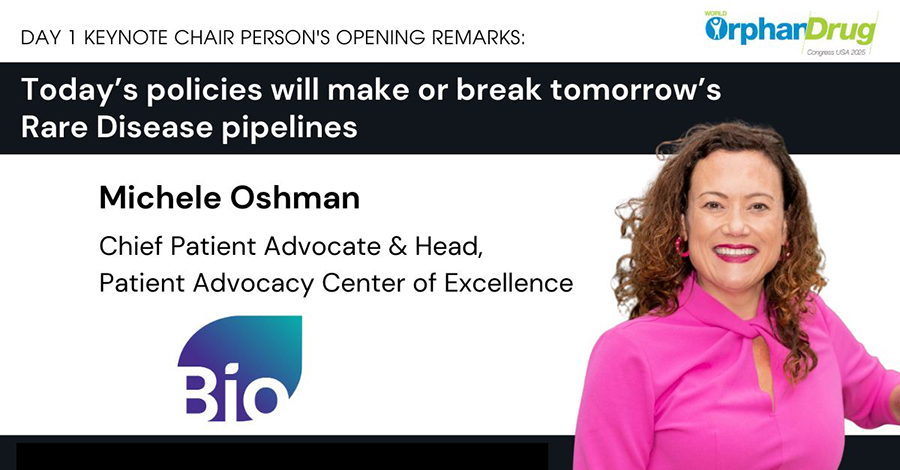America has long been the global leader in rare disease drug development but this leadership is at risk unless Congress protects key incentives
In 1983, President Reagan signed the Orphan Drug Act into law. This landmark legislation, the first of its kind in the world, created vital incentives for rare disease drug development. The success speaks for itself—orphan drug approvals increased from just 38 before the law was signed to more than 880 by the end of 2022. But America’s leadership is at risk due to the expiration of key incentives like the Rare Pediatric Disease Priority Review Voucher (PPRV) program and harmful provisions in laws, including the Inflation Reduction Act (IRA).
In fact, Congress explicitly recognized the need to preserve incentives for orphan drug development when drafting the IRA and excluded certain orphan drugs from the Medicare price controls under this law. But the exemption was crafted overly narrowly and only applies to drugs treating a single rare disease. Since the law’s enactment, it has become increasingly clear how the IRA profoundly disincentivizes researchers and investors from pursuing costly follow-on research to determine if approved orphan drugs can effectively treat additional rare diseases. Orphan drugs that successfully receive additional indications from the FDA lose the orphan drug exemption and become subject to government price controls. Unfortunately, this disincentive may leave millions of Americans without access to critical medicines.
Michele Oshman, Senior Vice President & Head of Patient Advocacy at the Biotechnology Innovation Organization (BIO), focused her opening Keynote during the World Orphan Drug Congress, held April 22–24, 2025, on the impending demise of the investments made in rare disease drug development over the past 40 plus years—and its immediate and long-term impacts on rare disease patients and families. Bio.News followed up with her after her keynote address.
“As the title of my keynote states, Today’s policies will make or break tomorrow’s Rare Disease pipelines,” said Oshman. “Time is of the essence to fix the negative impacts on innovation created by the Inflation Reduction Act and the expiration of the PPRV program. It is a confluence of circumstances that is proving to have a tremendous chilling effect on the rare disease development pipeline, especially for the most difficult-to-study rare diseases. We must act now, before critical momentum is lost, and promising rare disease assets are shelved indefinitely. The impact on the patient community would be devastating.”
Rare Disease patients are waiting for a cure
While each rare disease is defined as affecting fewer than 200,000 people in the United States, together the more than 10,000 rare diseases—making them anything but rare. In fact, the National Institutes of Health (NIH) estimate that as many as 30 million Americans are affected by a rare disease—or 1 in 10.
“Despite considerable progress, more than 95% of all rare diseases still lack any FDA-approved therapies, let alone cures—and new rare diseases are characterized every single day,” explained Oshman.
Orphan drugs target very limited and often geographically dispersed patient populations; they are particularly challenging to study and hence very risky investments.
“Without special economic incentives, rare disease drug development is in many cases simply not feasible—which is why the Orphan Drug Act was passed in the first place,” said Oshman.
The lack of treatments directly translates into measurable economic impacts. Conservative estimates put the economic cost of rare diseases in the U.S. at over $997 billion during 2019 alone. Direct medical costs accounted for less than half of these costs. In fact, the estimated indirect cost due to productivity losses was similar in magnitude to the direct medical cost, accounting for an estimated $437 billion in 2019. More than half of all rare disease patients are children, often with considerable caregiving needs.
“The unmet medical need, and the resulting impact on families and communities, is vast,” said Oshman.
Protecting incentives for orphan drug development
Progress towards therapies for many rare diseases that currently have no treatments may hinge on finding new uses for already-approved drugs. To date, about 65% of all orphan drugs have only been approved for a single rare disease, whereas about 15% have been approved for multiple rare diseases, and the remainder have been approved for rare, as well as non-rare, diseases.
“Orphan drugs that were initially developed and approved for one rare disease can often prove effective against additional rare diseases. While this is one of the most promising strategies for developing new rare disease therapies, we are seeing that the IRA is really disincentivizing this type of research.” stated Oshman. “The solution: undo the damage caused by passing the ORPHAN Cures Act.”
The biotech and rare disease patient advocacy community has been calling for an amendment to the IRA’s orphan drug exclusion since its passage in 2022. To address it, bipartisan policymakers reintroduced the ORPHAN Cures Act in February of 2025 to amend the IRA’s orphan drug exclusion and incentivize critical follow-on investment into rare disease drug development.
“With the ORPHAN Cures Act back on the floor, lawmakers can have a chance to rectify this issue once and for all; this would protect the hope of many rare disease patients and families who are still desperately waiting for a treatment,” said Oshman.
The ORPHAN Cures Act amends the IRA to ensure orphan drugs approved to treat multiple rare diseases are still excluded from Medicare price controls. It also clarifies that the countdown to eligibility for price controls would only begin when an orphan drug loses its original exclusion.
Both of these measures would encourage significant follow-on investment into orphan drug development and preserve hope for the millions of Americans living with a rare disease and their families. The time is now.




